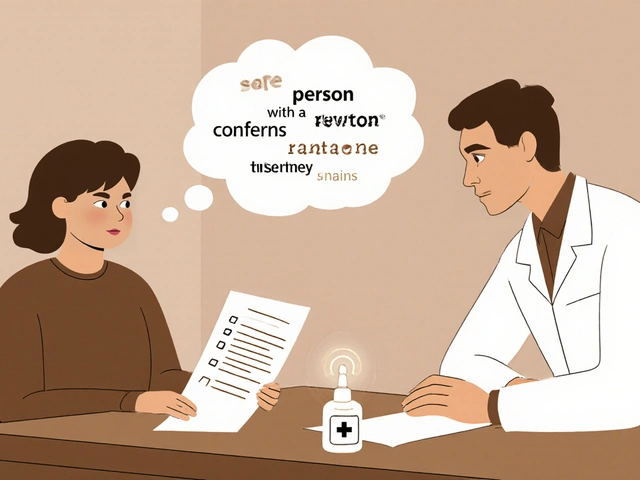Major Depressive Disorder: Quick Facts & Practical Tips
If you’ve ever felt a heavy fog that won’t lift, you might be wondering whether it’s just a bad day or something bigger. Major depressive disorder (MDD) is more than occasional sadness – it’s a medical condition that changes how you think, feel, and act.
People with MDD often notice a mix of emotional, physical, and cognitive signs. The good news is that recognizing these signs early can lead to faster help and better outcomes.
What Is Major Depressive Disorder?
MDD is diagnosed when a person experiences at least five of the following symptoms for two weeks or more, and at least one of them is either depressed mood or loss of interest. Common symptoms include persistent sadness, loss of pleasure, changes in sleep or appetite, fatigue, feelings of worthlessness, difficulty concentrating, and thoughts of death or suicide.
It’s not a sign of weakness. Brain chemistry, genetics, stressful life events, and medical conditions can all play a role. Sometimes a single trigger—like a job loss or bereavement—can spark a depressive episode, while other times the cause is less obvious.
How to Manage Symptoms Everyday
First, talk to a health professional. A doctor or therapist can confirm the diagnosis, rule out medical issues, and suggest the right treatment plan. Medication, psychotherapy, or a combination often works best.
In addition to professional care, small daily habits can make a big difference. Start with a simple routine: wake up at the same time, get sunlight for at least 15 minutes, and move your body. Even a short walk can boost serotonin and lift mood.
Nutrition matters too. Foods rich in omega‑3 fatty acids, whole grains, and leafy greens support brain health. Try to limit sugar and processed snacks, which can cause energy crashes that worsen low mood.
Sleep is a silent hero. Aim for 7‑9 hours, keep the bedroom dark and cool, and avoid screens an hour before bed. If insomnia sticks around, discuss it with your provider—sometimes adjusting medication timing helps.
Social connection fights isolation. Reach out to a friend, join a support group, or engage in an activity you used to enjoy. Even brief, positive interactions can break the cycle of negative thoughts.
Mind‑body techniques such as deep breathing, progressive muscle relaxation, or guided meditation reduce stress hormones and improve focus. Apps that guide short mindfulness sessions are handy for beginners.
Tracking your mood can reveal patterns. Use a notebook or an app to note when you feel better or worse, what you ate, how much you slept, and any stressful events. This info helps both you and your clinician fine‑tune treatment.
If thoughts of self‑harm appear, treat them as an emergency. Call a crisis line, go to the nearest emergency department, or ask a trusted person to stay with you until help arrives.
Remember, recovery isn’t linear. Some days will feel great, others not so much. Celebrate small wins—finishing a task, getting out of bed, or laughing at a joke. Those victories add up.
Major depressive disorder can feel overwhelming, but with the right mix of professional help, healthy habits, and community support, you can regain control and enjoy life again. Keep exploring resources, ask questions, and stay hopeful—you’re not alone on this journey.



